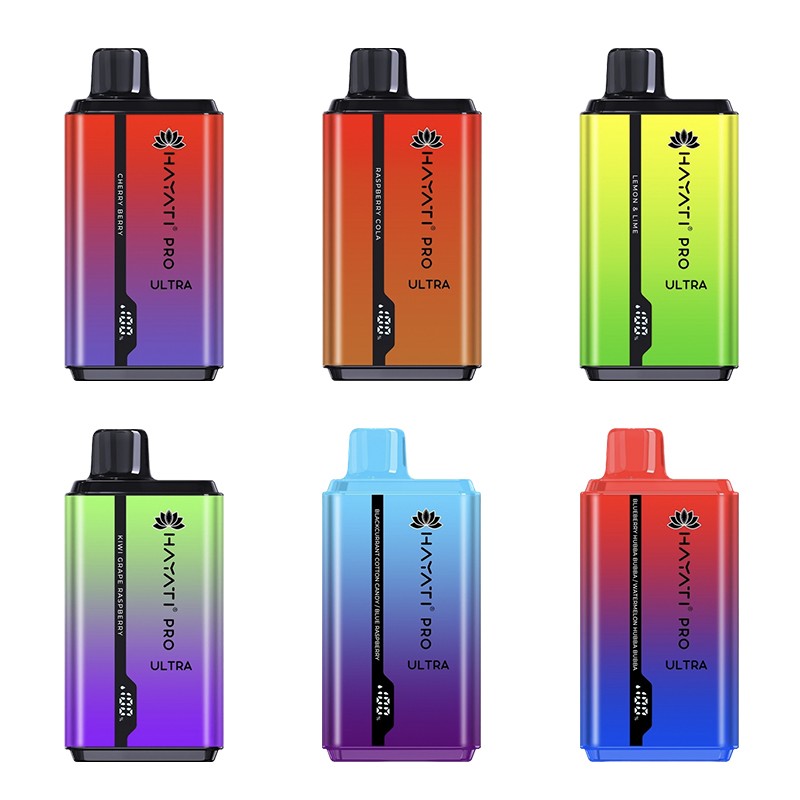The automobile engine cooling system is one of the six essential systems in an internal combustion engine. Its primary function is to regulate the temperature of the engine by dissipating excess heat from the heated components, ensuring that the engine operates at its optimal temperature range. This system plays a crucial role in maintaining the performance, efficiency, and longevity of the engine.
**The Role of the Car Engine Cooling System**
The main purpose of a car's cooling system is to maintain the engine at a stable and safe operating temperature. During the combustion process in the engine’s cylinders, high-temperature gases (reaching up to 800–2000°C) are generated. Without proper cooling, these extreme temperatures can cause thermal expansion of moving parts, leading to mechanical failure, reduced strength, and potential damage due to lack of lubrication.
On the other hand, excessive cooling can also be harmful. It may lead to reduced cylinder charge, poor combustion, lower power output, increased fuel consumption, and inadequate lubrication. Therefore, the cooling system must strike a balance between preventing overheating and avoiding overcooling.
In normal operation, the temperature inside the engine's combustion chamber can reach as high as 1727–2527°C. If this heat is not managed effectively, it can cause critical issues such as blocked or seized moving parts due to thermal expansion. Additionally, high temperatures can weaken the mechanical integrity of engine components and reduce the effectiveness of lubricants.
To address these challenges, the cooling system is designed to remove excess heat efficiently. There are two primary types: air-cooled and water-cooled systems. Air-cooled systems rely on direct heat dissipation into the atmosphere, while water-cooled systems transfer heat to coolant before releasing it through a radiator. Water-cooled systems are more common in modern vehicles due to their uniform cooling performance and quieter operation.
**Components of the Automotive Engine Cooling System**
The cooling system consists of several key components, each playing a vital role in maintaining the engine’s temperature:
1. **Coolant**: Also known as antifreeze, it is a mixture of water and ethylene glycol, with additives to prevent corrosion and improve thermal conductivity. Soft water is preferred to avoid scale buildup in the engine’s water jackets.
2. **Thermostat**: Controls the flow of coolant between the small and large cooling cycles. It opens when the engine reaches around 80°C and fully opens at 95°C, allowing coolant to circulate through the radiator for effective cooling.
3. **Water Pump**: Pressurizes the coolant to ensure continuous circulation within the cooling system. A faulty pump can lead to leaks or improper flow, causing overheating.
4. **Radiator**: Dissipates heat from the coolant by transferring it to the surrounding air. The radiator cap regulates pressure and allows coolant to expand and contract safely.
5. **Cooling Fan**: Activated when the engine is running at low speeds or idling, the fan helps increase airflow through the radiator, enhancing heat dissipation.
6. **Water Temperature Sensor**: Monitors the coolant temperature and triggers the cooling fan when the temperature exceeds a set threshold.
7. **Reservoir Tank**: Acts as a buffer for coolant expansion and contraction. It should not be overfilled, and the level should be checked regularly.
8. **Heater Core**: Provides cabin heating by using hot coolant from the engine. In emergencies, turning on the heater can help cool the engine by drawing heat away from the system.
**How the Car Engine Cooling System Works**
When the engine starts, the water pump begins circulating the coolant through the engine block, cylinder head, and other heated components. As the coolant absorbs heat, it flows into the radiator, where it is cooled by air passing through the radiator core. The cooled coolant then returns to the engine to continue the cycle.
The cooling system operates in two modes: the "small cycle" and the "large cycle." When the engine is cold, the thermostat keeps the coolant circulating only within the engine, allowing it to warm up quickly. Once the engine reaches operating temperature, the thermostat opens, directing the coolant through the radiator for more efficient cooling.
The speed of the water pump affects the rate of coolant circulation. Higher engine speeds result in faster coolant flow, improving heat removal. The cooling fan activates based on the temperature sensor, ensuring the system adapts to changing conditions.
Additionally, the heater core uses part of the hot coolant to provide cabin warmth. This process helps manage heat distribution and can even assist in cooling the engine during overheating situations.
**Conclusion**
Designing an effective automotive cooling system involves considering multiple factors, including internal friction, pump power, and combustion conditions. Understanding how the cooling system works and how different elements interact is essential for optimizing engine performance and reliability. A well-designed cooling system ensures the engine remains within its ideal temperature range, contributing to better efficiency, durability, and safety.
Hayati Pro Ultra 15000 Disposable Vape Device
The Hayati Pro Ultra disposable vape is a top choice for vapers seeking a convenient and gratifying vaping experience. Its sleek and lightweight design ensures effortless portability, allowing you to enjoy your favorite flavors on the move. What sets the Pro Ultra apart is its substantial 1400mAh battery, delivering an impressive 15000 puffs of delectable vapor

Disposable Vape,Eshisha, E-cigarette, pod vape Device
Shenzhen Yingyuan Technology Co.,ltd , https://www.yingyuanvape.com